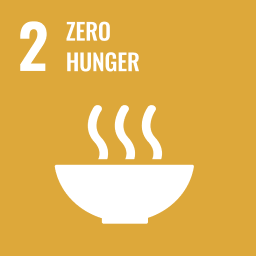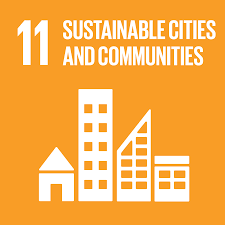The action and its aims
Santa Barbara’s School Food Initiative was a long-running, whole-school programme that developed a food-literacy curriculum for middle school children, established wellness committees to prompt cultural shifts, set up 36 school gardens to supply canteens, redesigned kitchens and invested in equipment, and ran ‘boot camps’ to train up food service staff. The aim was two-fold: the promote food literacy, and to help schools provide freshly prepared, nutritious foods.
When it was introduced
The programme ran for ten years, from 2005 until 2015.
Why it was needed
It was developed in response to a lack of cooking skills among food service workers, whose work consisted of heating and serving pre-pre-prepared processed foods that contribute to child obesity and overweight.
Who initiated it, who is involved
The programme was initiated by the Orfalea Programme, a (now-closed) charity organisation, in partnership with Santa Barbara County School Wellness Council, Santa Barbara County Food Service Directors, The STRIDE Centre at Cal Poly San Luis Obispo, the Center for Ecoliteracy, WorldLink, David B. Gold Foundation, California Department of Public Health Network for a Healthy California.
Impacts to date
Reviews found that children who took part in the programme consumed more fruit and vegetables than their peers. Food staff, who were treated as valued professionals rather than second-tier support staff, had new-found confidence, interest and satisfaction in their work.



